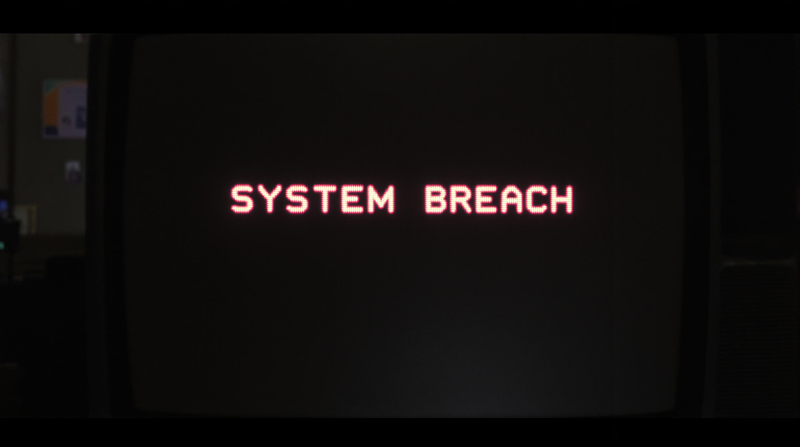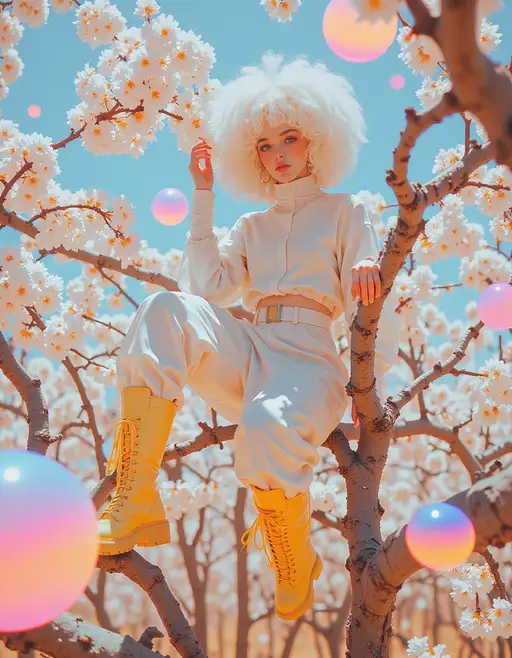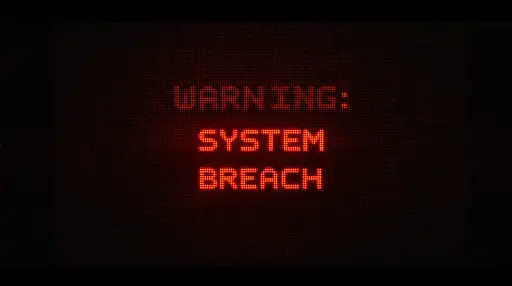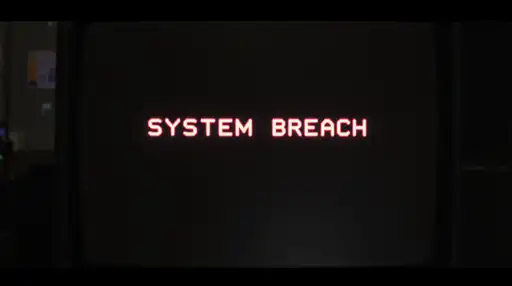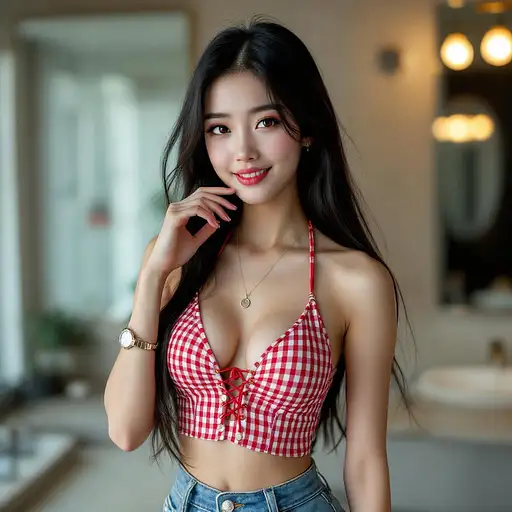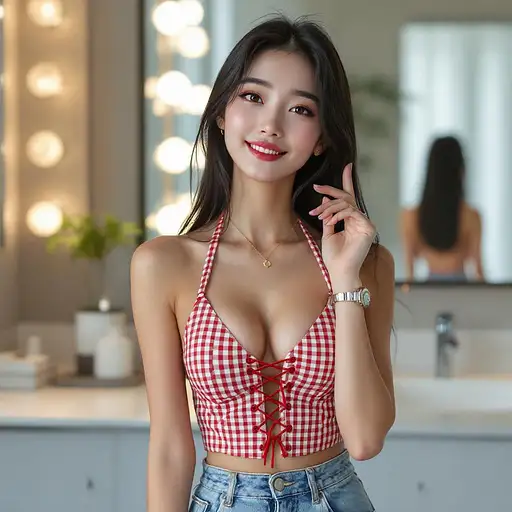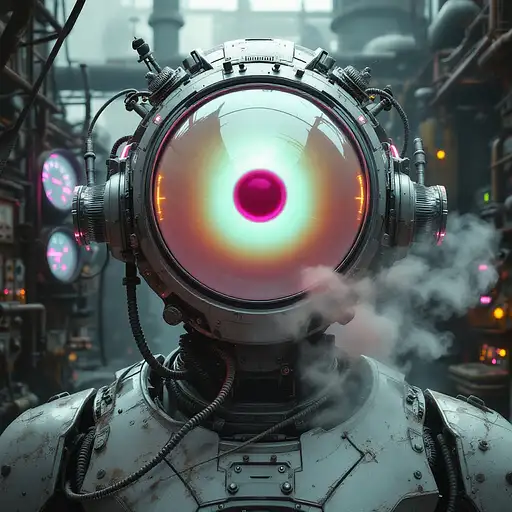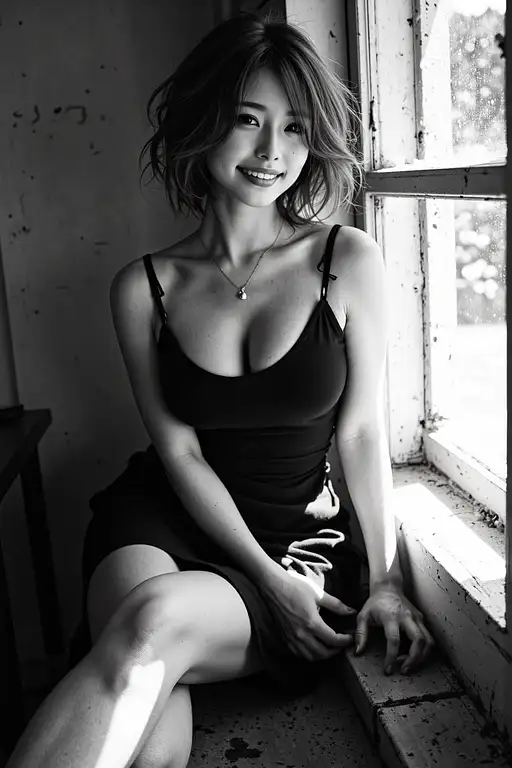
3 days ago
OVERLAY: "a fusion of Ryoji Ikeda + glitch photography + fractal mathematics where thin, transparent overlays of digital artifacts reveal the underlying code of reality. Apply subtle hexagonal grid patterns, quantum probability waves, and circuit-like structures as if they're being seen through a camera filter. Create hairline fractures across portions of the image with bright data streams leaking through, mathematical equations floating in semi-transparency, and occasional blocks of binary code distortion. The filter effect should maintain the integrity of the original subjects and setting, only adding these reality-breaking elements as a semi-transparent layer over the existing image, similar to how analog camera filters created visual effects without altering the subject. Include occasional RGB splitting and scan lines for authenticity." CHARACTER: A young woman with a relaxed, effortless beauty, seated on a windowsill with one leg casually extended out. She has voluminous, tousled hair that cascades over her shoulders, framing her face. Her expression is warm and slightly playful, with a hint of mystery in her smile. She wears a simple, form-fitting dress that accentuates her figure, adding to her casual yet alluring presence. Her pose is laid-back, exuding confidence and a carefree attitude, evoking the spirit of 1960s French cinema. ENVIRONMENT: Scene set at an open window, with the contrast of sunlight illuminating her form against a shadowy background. The minimalistic setting emphasizes her presence, with the rustic details of the windowsill adding a sense of intimacy and simplicity. The lighting is high-contrast, with bright highlights on her skin and soft shadows around her, capturing a summery, leisurely moment. STYLE: Rendered in the style of 1960s black-and-white photography, inspired by the iconic work of Henri Cartier-Bresson. The composition captures an intimate, candid feel with high contrast, focusing on the textures of skin and hair, as well as the play of light and shadow. The photograph emphasizes natural beauty and minimalism, with a timeless quality that embodies the elegance and effortless charm of French New Wave aesthetics.
